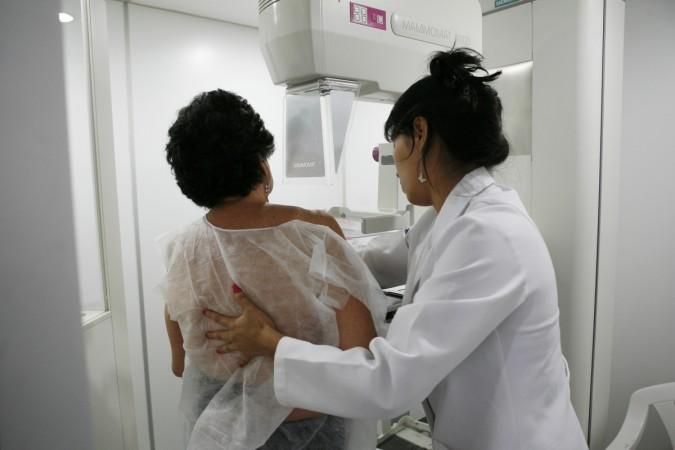
A new pill has been developed by researchers that could improve imaging techniques and help in conclusively pinpointing cancerous tumours, according to a research presented to the American Chemical Society (ACS).
"There's a lot of controversy right now about when patients should start screening for breast cancer," stated Greg Thurber, Ph.D., researcher from the University of Michigan. "Screening can potentially catch the disease early in some patients, but false positives can lead to unnecessary, aggressive treatments in patients who don't need them. We don't know how to select the right patients to treat. Our work could help change that," he stated.
The research, funded by the National Institutes of Health and the University of Michigan, provides for an oral pill containing an imaging agent that selectively binds to cancer cells or blood vessels that are unique to tumours and once it's attached, the dye fluoresces under near-infrared light.
And though fluorescent tumours can only be detected one to two centimetres deep at this wavelength, Thurber said that pairing his technique with ultrasound in the same instrument should be able to detect most cancers, given the elasticity of breast tissue.
Mammograms, the current standard for screening, are X-rays of breast tissue that provide doctors with information about the size and location of a lump. But mammograms aren't able to distinguish between cancerous and benign growths and, therefore, doctors have to take a biopsy involving needles or surgery and even this procedure isn't 100 percent conclusive.
The high image contrast should bode well for women with dense breast tissue whose mammograms are difficult to read, Thurber stated.
According to the results of the tests done on mice, with proper formulation, about 50 to 60 percent of the agent gets absorbed into the bloodstream, binding specifically to cancer cells with little background noise in the image. It signifies that the fluorescent signal from the tumour was far stronger than the signal from the surrounding tissue.
Thurber is designing the agent to specifically seek out aggressive tumours, to distinguish them from slow-growing cancers. He is coupling the probe with molecules to make it easier for human patients to absorb.
He also stated that it is difficult to predict when his agent might go into human clinical trials but the dye is already used in Europe for other clinical applications, which could help speed the approval process in the U.S.
According to Breastcancer.org, in 2016, an estimated 246,660 new cases of invasive breast cancer are expected to be diagnosed in women in the U.S. It also stated that in 2016 there are more than 2.8 million women with a history of breast cancer in the U.S.

















